SpaceX’s upgraded Cargo Dragon vehicle is only a day or two away from the first International Space Station (ISS), re-entry Earth, and ocean spray.
The unmanned Dragon capsule (known as C208) and its consumable box portion of the International Space Station is currently scheduled to leave no later than the morning of Jan.12 (EST) – this is set to be the first time a US spacecraft has landed The outpost is uninhabited independently orbit. Previous US cargo vehicles – including SpaceX’s Cargo Dragon – relied on docking, meeting and flying close to the International Space Station while a giant robotic arm was used to capture and secure each spacecraft.
Cargo Dragon 2 won’t be the first explicit To do this: both European unmanned ATVs and Russian advance craft have used the Russian Docking System (RDS) to deliver cargo to the International Space Station over the past two decades. Dragon’s CRS-21, however, departed will It marks the first time an unmanned spacecraft has completed an entire mission with the help of NASA’s new international docking adapter (IDA), as well as its third round-trip IDA flight ever.
In fact, SpaceX is solely responsible for the four total uses of the space station’s twin IDA ports – both of which were appropriately delivered by Cargo Dragons in 2016 and 2019. In March 2019, he became a Crew Dragon – who was flying without astronauts on his test mission 1 It is the first spacecraft to dock independently in and out of the IDA port. In May and August 2020, a separate Crew Dragon spacecraft repeated this feat, docking independently and separating with two NASA astronauts on board.
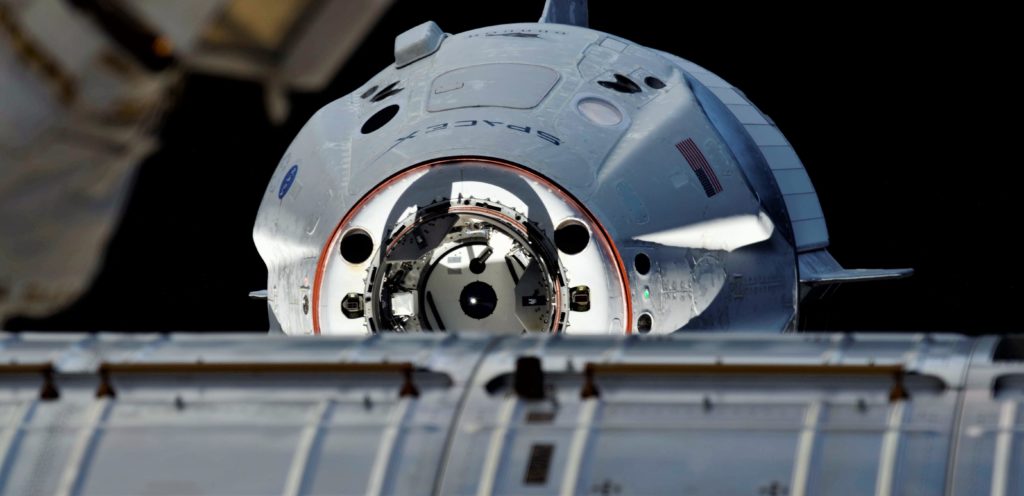
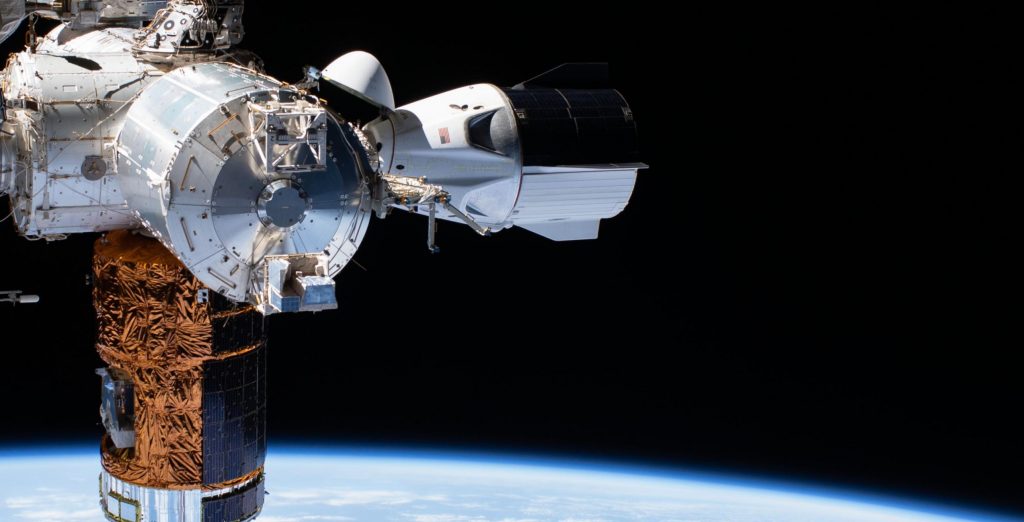
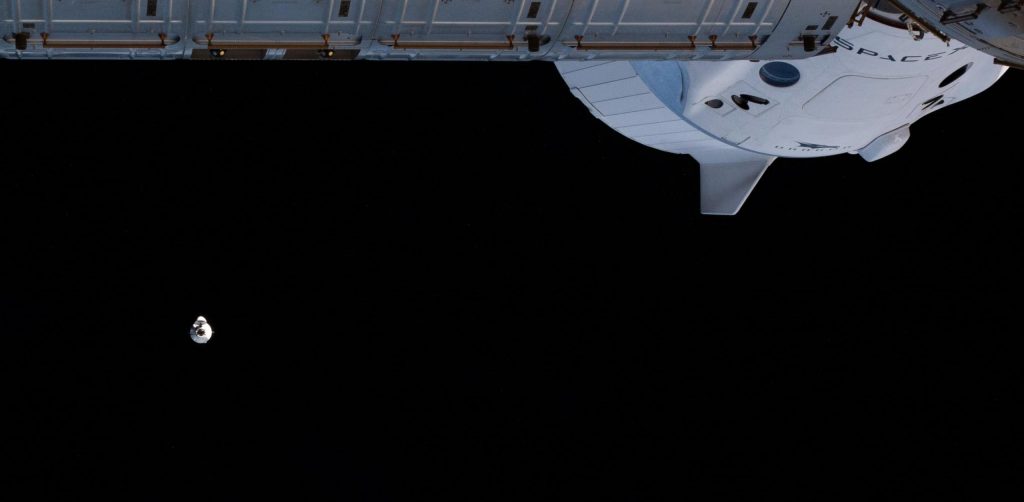
In November 2020, SpaceX launched its Crew Dragon on its first operational ferry mission with four astronauts. The spacecraft docked safely at the International Space Station and is scheduled to remain there until at least March or April 2021. Most recently, SpaceX launched its first Cargo Dragon 2 on December 6, 2020, and the spacecraft docked without release the following day. Docking is now scheduled to be canceled as early as January 12, the successful departure, return, and landing will truly mark the beginning of a new era of SpaceX’s autonomous spacecraft.
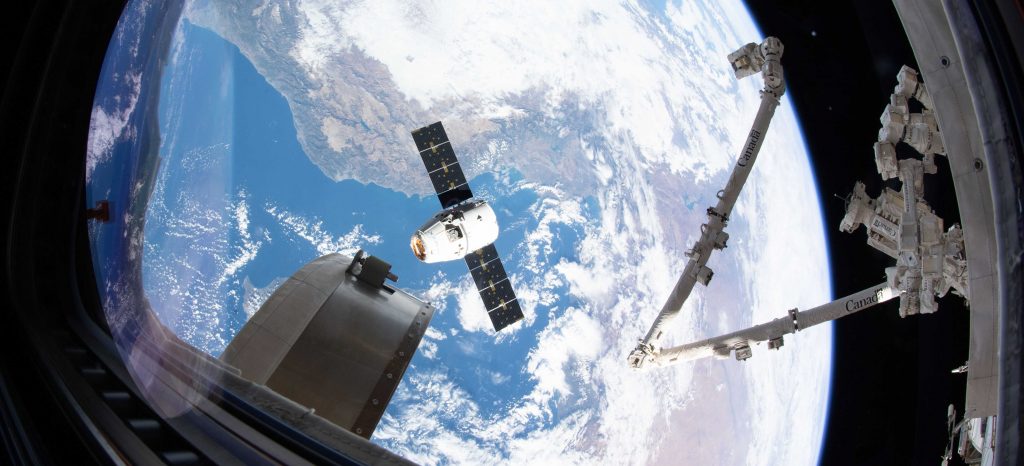
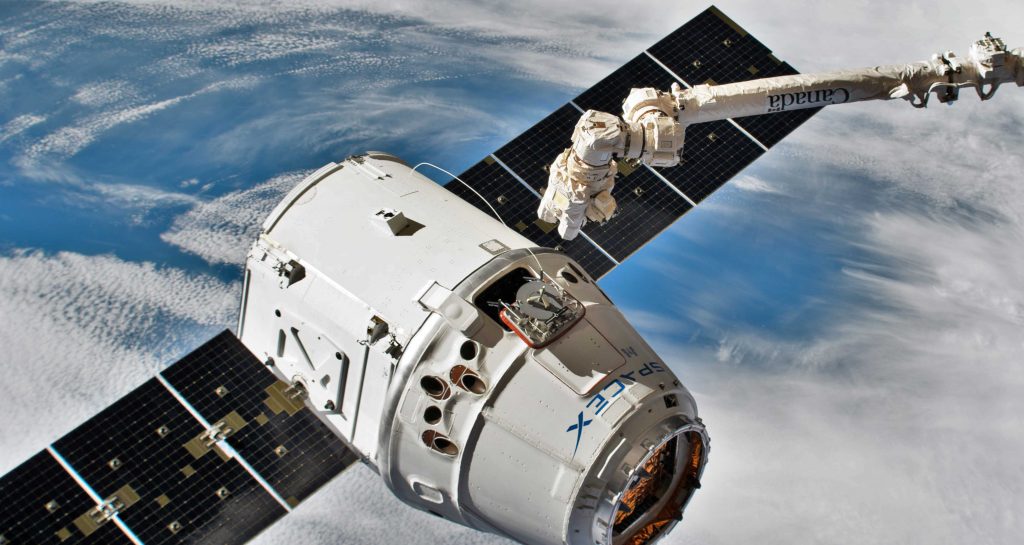
Unlike the largely manual docking method used by the Japanese HTV, Orbital ATK Cygnus, and SpaceX Cargo Dragon spacecraft, SpaceX’s Crew Dragon and Cargo Dragon 2 vehicles took advantage of IDA’s mechanical differences to greatly automate cargo and crew delivery. With LiDAR, cameras, and complex software, SpaceX’s new Dragons effectively anchor themselves, ultimately requiring less training and labor for station astronauts who may need to support docking operations manually.
Used to support cooled or energy-intensive cargoes, it has twice the number of “powered tanks” as its predecessor, and is set to return an impressive 2,360 kg (5,200 lb) payload – including dozens of science experiments – back to Earth. More than a decade after Dragon became the first private spacecraft to successfully enter Earth’s atmosphere, the Cargo Dragon is still the only spacecraft. In the world it is able to deliver a large cargo from Earth into orbit And the From orbit to Earth.
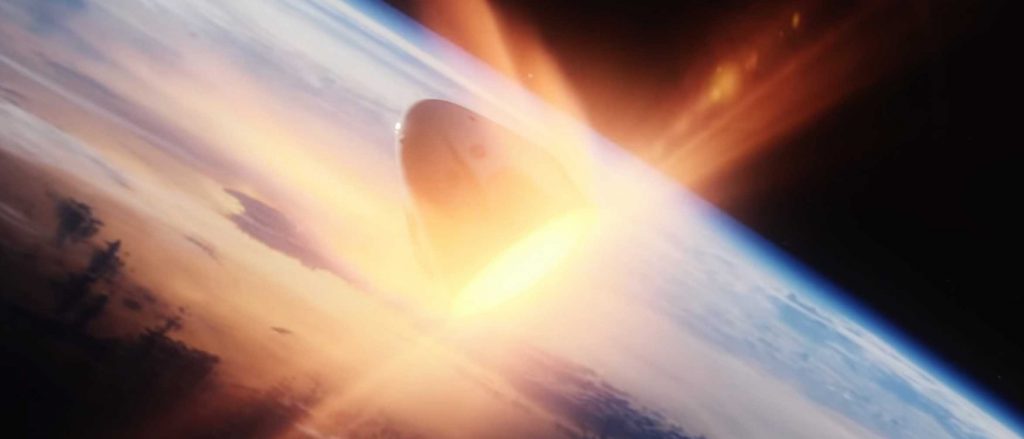
After separating from the consumable trunk section and re-entering the Earth’s atmosphere, the Cargo Dragon C208 will also become the first cargo spacecraft to launch in the Atlantic or Gulf of Mexico thanks to SpaceX’s decision to consolidate California and Florida Dragon recoveries on the east coast.
Also used to recover Crew Dragons, the SpaceX GO Searcher ship left Canaveral Harbor for its central role in CRS-21’s imminent collapse. Once the Cargo Dragon C208 detonates in one of the four available recovery areas, SpaceX recovery teams will capture the spacecraft, secure it, and unlock its door. The uniquely time-sensitive cargo can then be transferred to a waiting helicopter for an unprecedented swift return to researchers on the ground.
Stay tuned for SpaceX and NASA news Live coverage From the first launch of Cargo Dragon 2 and its recovery on January 12 or 13.

“Reisliefhebber. Onruststoker. Popcultuurfanaat. Kan niet typen met bokshandschoenen aan.”